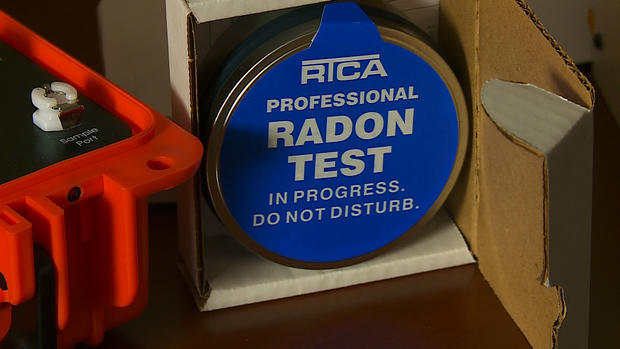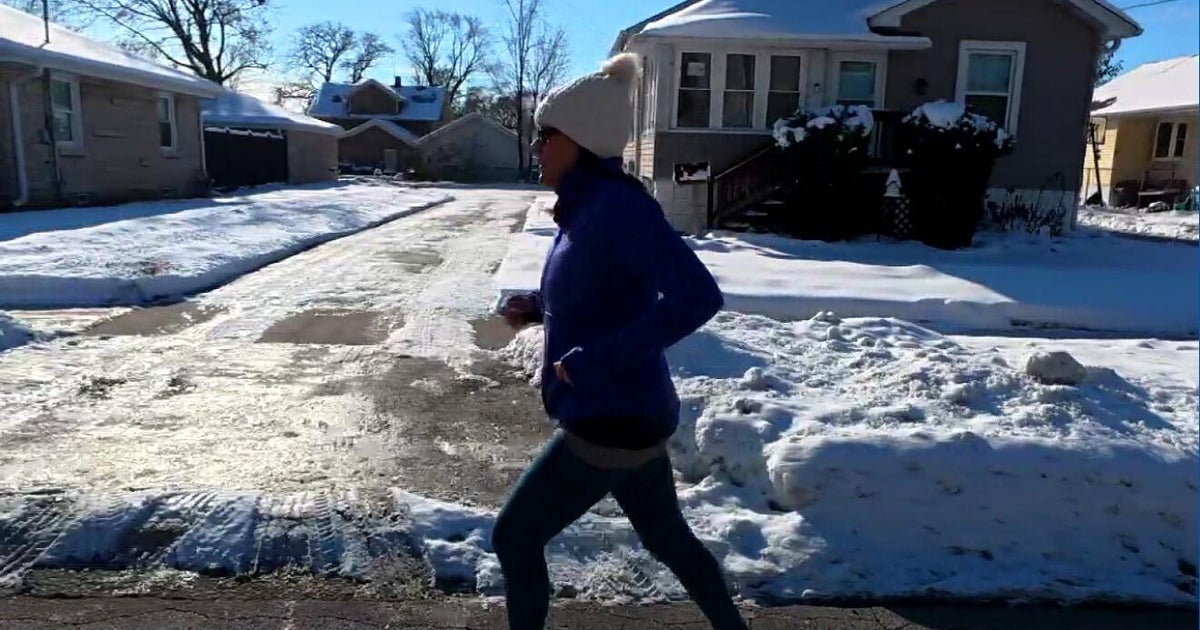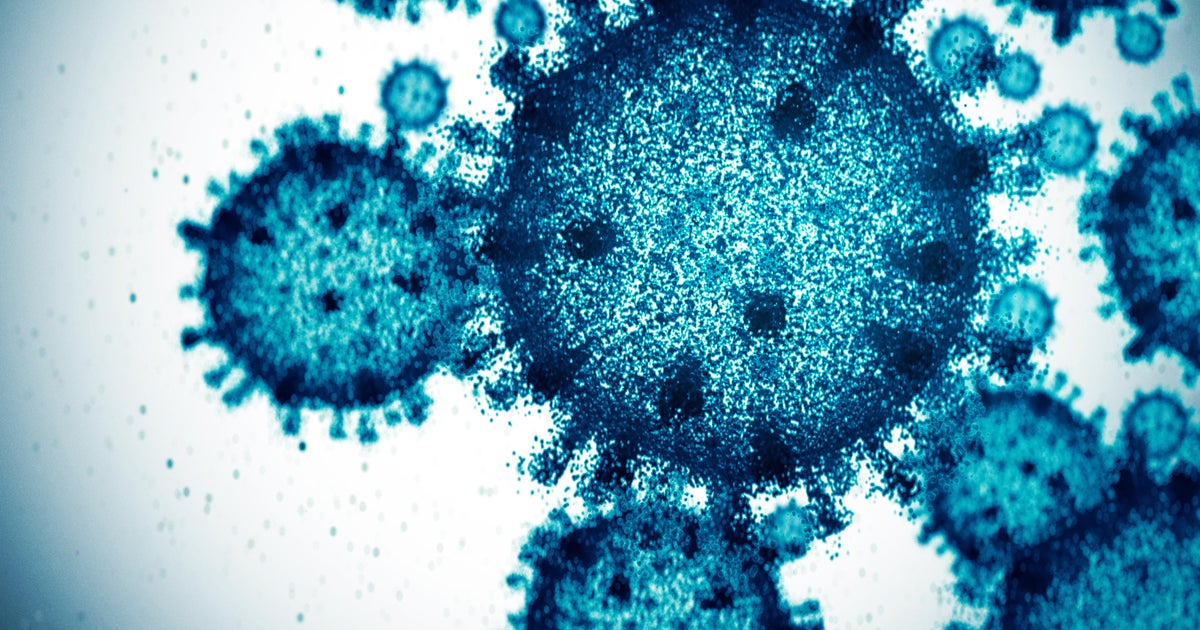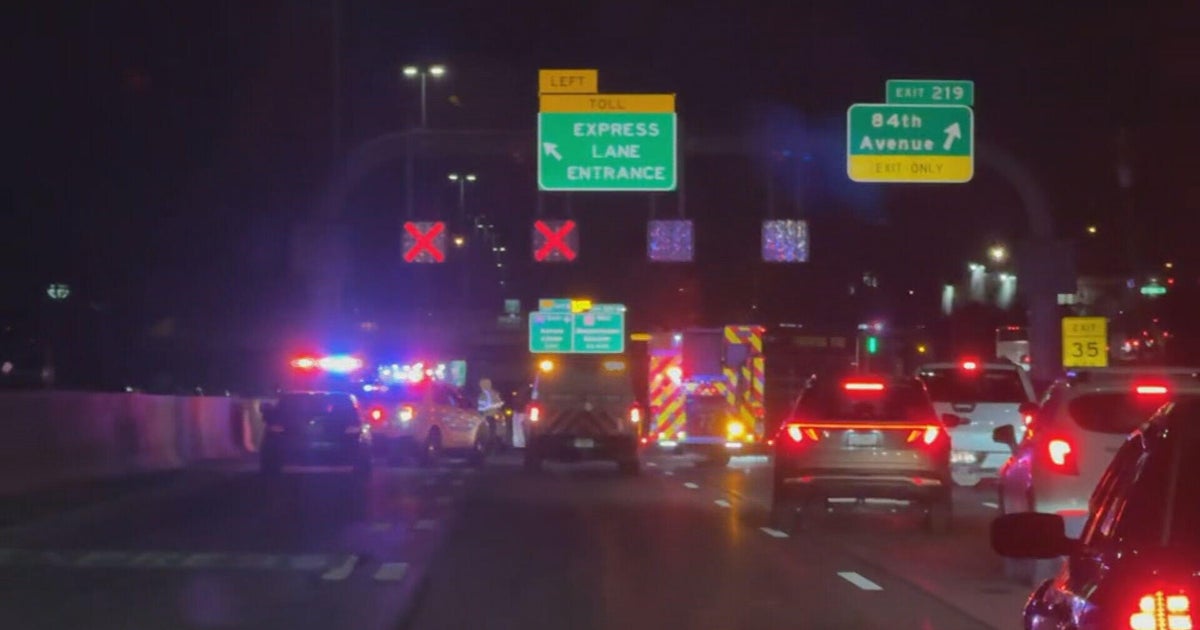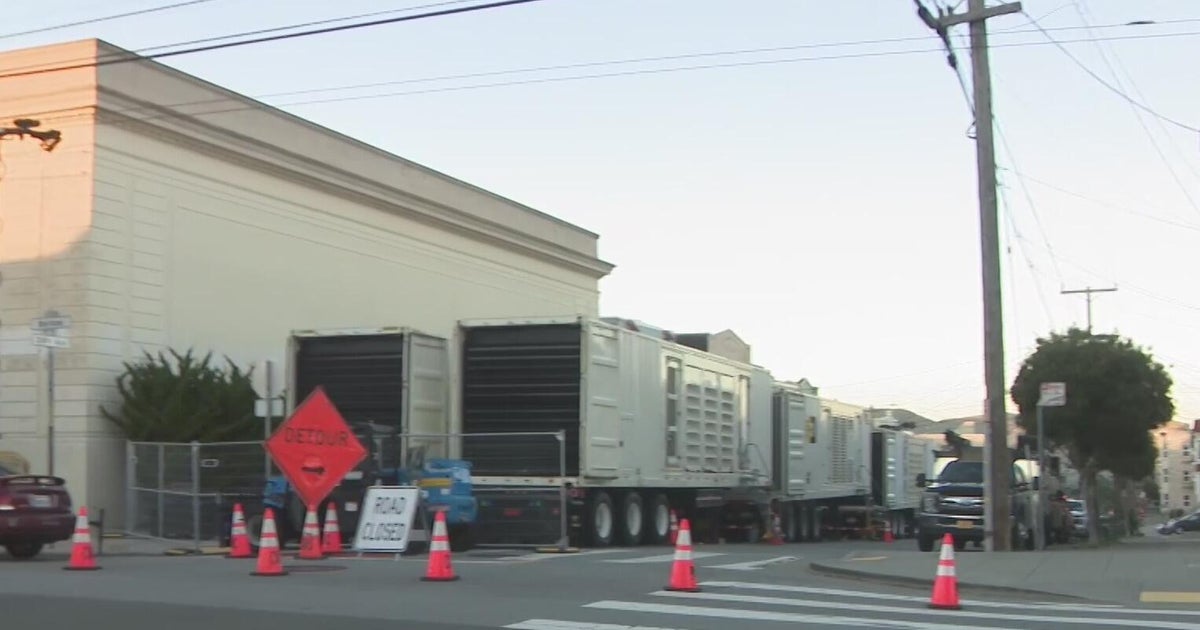MDH: About half of Minnesota homes have dangerous radon levels
EAGAN, Minn. — Minnesota health leaders are sharing a simple yet potentially life-saving message: test your home for radon.
"The only way to know if it's in your home is to test for it," Minnesota Department of Health Commissioner Brooke Cunningham said.
Radon is the leading cause of lung cancer for non-smokers and state health leaders say about 40% of Minnesota homes have elevated radon levels.
RELATED: Minnesota cancer survivor warns of radon dangers
It's a message Bonnie Mueller wishes she heard sooner.
"I was told I had lung cancer in my left lung," she said. "It had metastasized to my liver and my lymph nodes and my pancreas. And I had a lump in my breast. It was everywhere."
Mueller was diagnosed with stage four lung cancer more than 10 years ago. She was a runner, non-smoker and mom to three —she was shocked.
"They asked me if I had ever been exposed to radon," Mueller said. "And 10 years ago, I didn't even know what that was. It wasn't even on my radar for something."
Radon is an odorless, colorless radioactive gas that comes from metal in soil. Because of Minnesota's cold climate and landscape, radon levels are three times higher here than the national average.
"The radon at our cabin was off the charts," Mueller said. "It was so high."
RELATED: What is radon? And how does it get into our homes?
According to MDH, just 1-2% of Minnesota homes are tested annually.
"I think it's tied to the lack of awareness about lung cancer, the real face of lung cancer," A Breath of Hope Foundation Executive Director Nancy Torrison said.
MDH leaders say protecting yourself and your family with an at-home test only costs between $10-12 at a hardware store. You can also purchase a test from MDH online, get a free test from partnering local health departments or hire a professional.
"The devastating effects of cancer, if there's any way to prevent it by doing a simple test, do it," Mueller said.
For more information on radon testing, click here.

